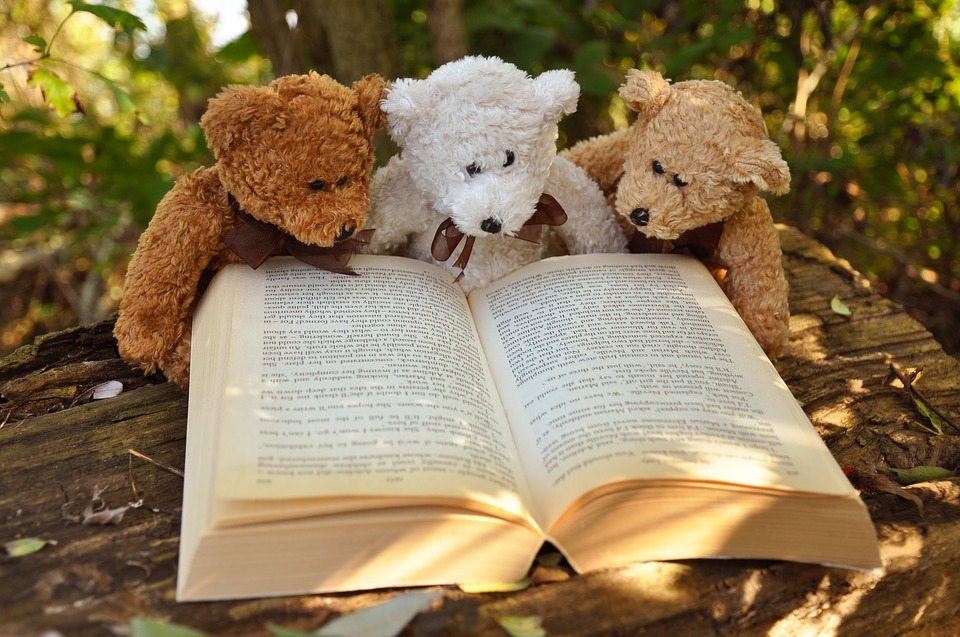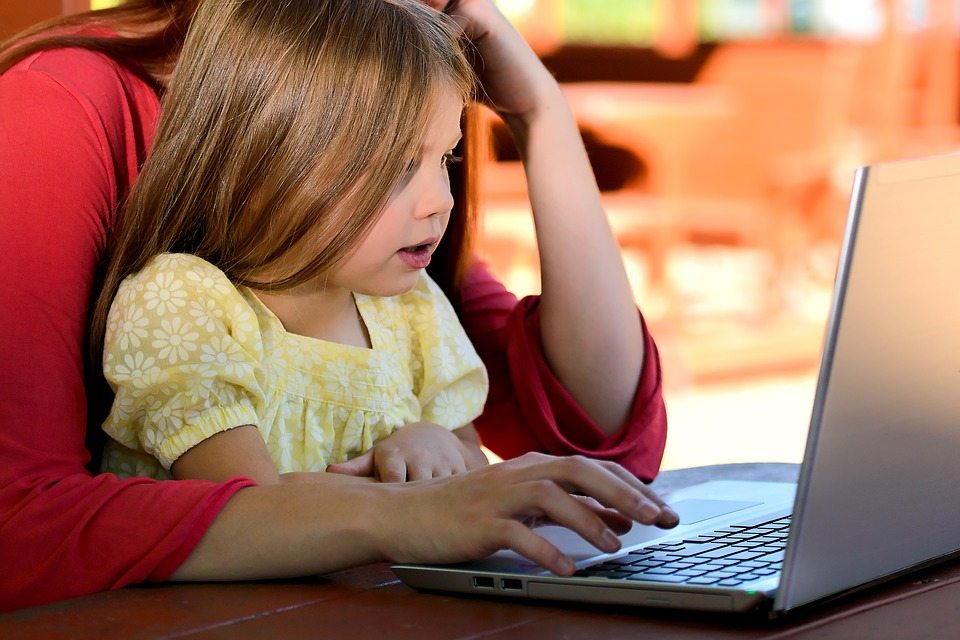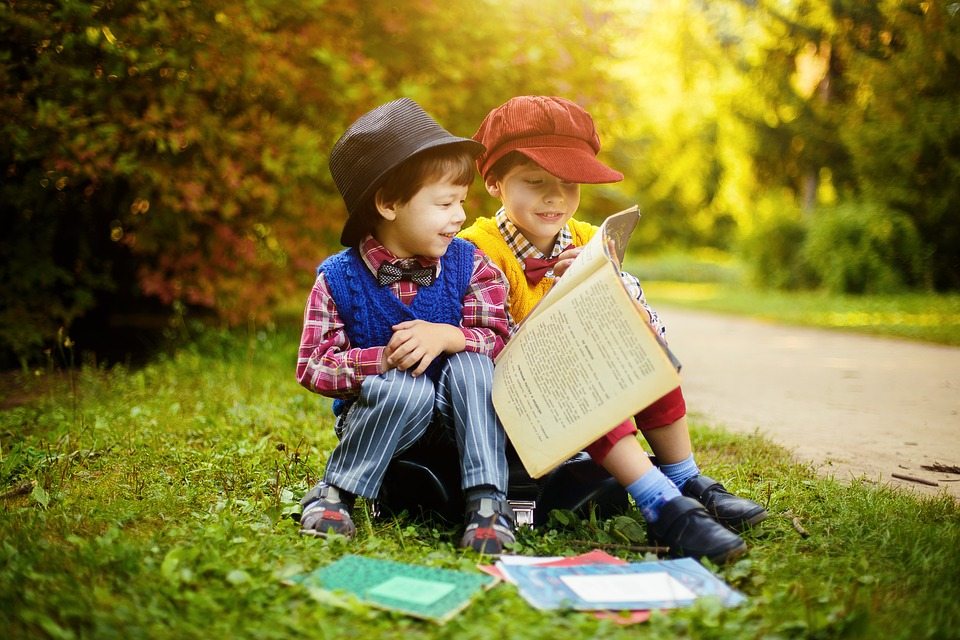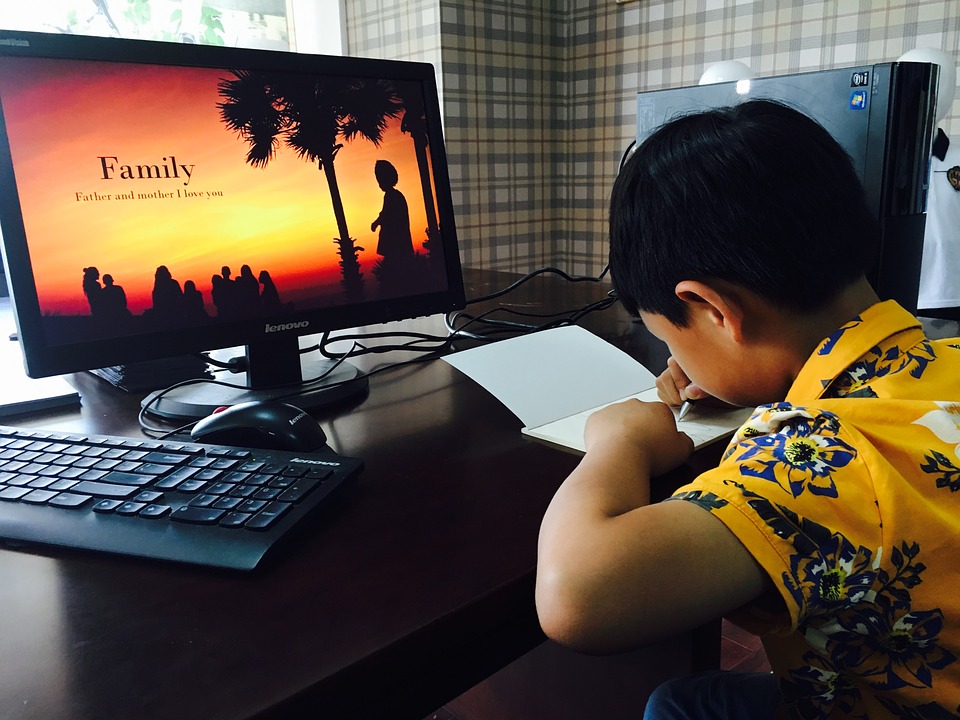There’s more to reading than just books. A book is not the only medium to read. After all, the act of reading is still reading, no matter what material or medium is being read. So why not expand your family’s definition of reading by introducing your child to other things they can read that go beyond traditional books. Here are nine wholesome recommendations:
Let your child watch educational videos or tutorials on any topic – with captions. Your child has many interests, and watching videos or tutorials on those topics will sustain their attention. The key is to have the captioning turned on, for that allows your child to see how the dialogue is written out as words. It is a subtle way of letting your child read along. You can even be not-so-subtle with captioning by telling your young one that he or she can learn to read at the speed of speech by following the dialogue along as they view the captions. Bonus points if you can find old programming (from the 1950s – 1990s) wherein kids’ eyes can follow the “white ball or dot” that bounces on words in classic captioned small-screen shows. That old-fashioned “bouncing white ball or dot” was specifically designed to help little ones learn how to read back in the day. By extension, turn on the captions for quality TV programming and quality children’s video streaming – Amazon and Netflix have this feature, for instance.
Have your child play educational video or computer games that have opportunities to practice reading. On HourOfCode.org, for instance, children are taught how to code in this initiative to educate young ones on computer and programming literacy. To complete tasks requires kids to read along. This is another great way for assisting your young ones in reinforcing their reading skills. Besides what is offered by HourOfCode.org, there are other educational video and computer games out there that likewise have narratives which kids can read as they play – again, these function as more practice for their reading abilities.
Play karaoke videos – even on YouTube – to your child’s favorite songs to sing along and learn the lyrics to. Your young one loves certain tunes, ballads, and sweet ditties, right? Well, what better way for him or her to learn about the lyrics than to read them and sing along with them. Disney offers some karaoke videos, and there are a host of other karaoke options on YouTube as well for the types of music genres your family listens to.
Play treasure hunts and scavenger hunts that involve reading clues on cards. You know that kids love a good treasure hunt and scavenger hunt. Combine that fun family activity with reading by having clues written out on cards. Your child can then advance in the treasure hunt or scavenger hunt by reading the card clues and following the clue instructions. The activity will meet with enthusiasm because of the sense of achievement from finding the treasure AND from accomplishing the reading!
When shopping with your kids for inspirational posters, have them read the various texts found in posters and wall art to help them select the piece that resonates with them. So, you and your child are out shopping for some wall art décor to spruce up your young one’s bedroom. Posters with inspirational sayings and texts are a wonderful idea to brighten up bedroom walls. Even better is weaving in some reading activity in your shopping plans by having your kid read out which of the inspirational posters they’d like to have, based on how closely the poster’s text reflects your child’s personality, likes, and whims.
Have everyone in the family pen love notes and loving messages that can be discovered around the house or inside belongings for pleasant surprises. Remember when you were younger, and how you loved reading notes and messages that you received – whether from family members or buddies at school? Well, you can continue that tradition by turning it into a family activity. Have all family members pen something sweet and loving – then hide them in lunch bags, school bags, books, or around your child’s room for your child to find. When your child finds them and reads them, not only will he or she feel the love but also get opportunity to get in some reading practice, too.
Head over to the greeting cards section of the store as a family, and read together all the different funny, humorous, and heartfelt words inside the greeting cards. Greeting cards are a lovely way to get in some reading practice for your young one. Besides the words and their sweet messages, the artwork can also be enjoyed together. You can even do some shopping for greeting cards that you’d send as a family to loved ones living far away or to loved ones who are near that need to know you are all thinking of them.
Establish a family game of themed spelling bee – theme of the week will keep kids’ interest. Spelling tremendously helps with reading; there is a deep connection between the two, such that when one is mastered, the other is, too. Of course, you must make this exercise a fun family activity. When learning is fun, there is better retention. The integration of “playing” with “learning” creates the fun environment. So, how do we create a fun spelling bee game? Make it multisensory, and tailor it to your child’s learning style. Sprinkle in some adventure, role-playing, imagination, dance and singing. When you’ve got the themed spelling bee family game established, observe how your child’s attention to words increases alongside his or her reading abilities.
Baking (and cooking) together can be a reading opportunity. There are recipes on baking cards, on baking boxes, and even online. When you bake as a family, the bonds of togetherness are strengthened. And when young ones are helping, it becomes a family activity of delicious reading opportunities as well! BONUS points for reading menu items at your favorite restaurants and eateries – and trying to make your home-cooked versions of those wonderful foods.
*Photos are in the public domain.










